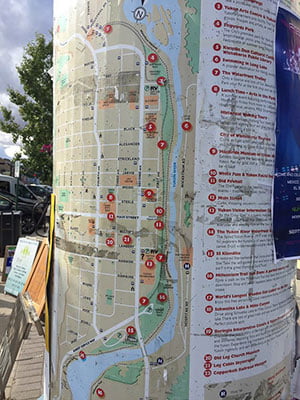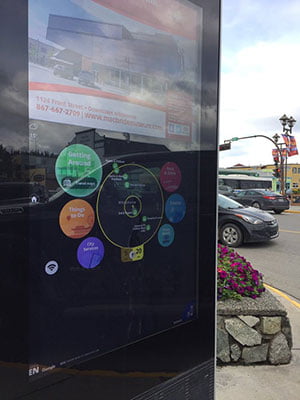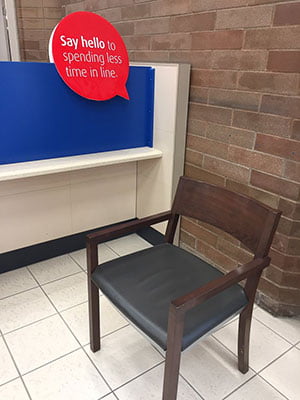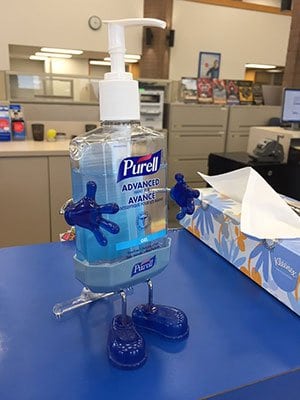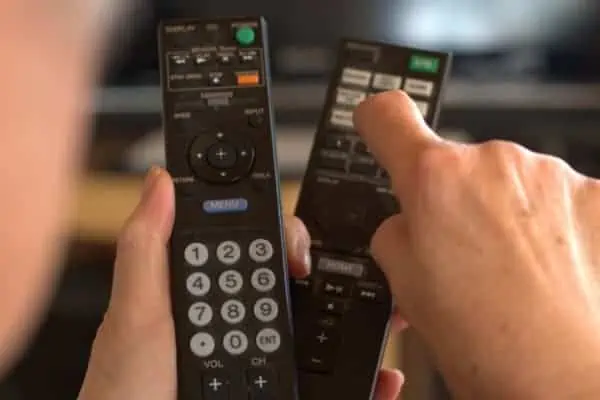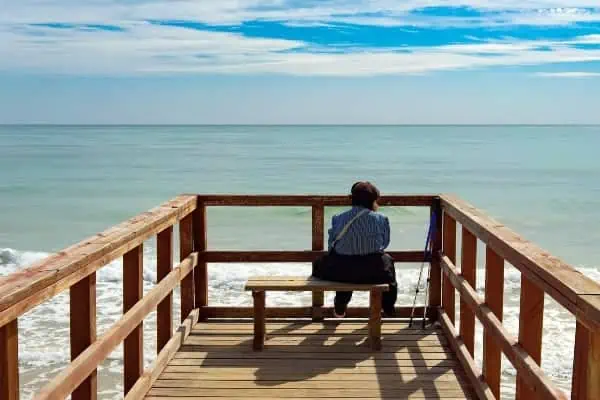Face it–the baby boomers are aging.
Are Whitehorse and other Yukon communities ready for the growing aging population?
Oct. 1 is the International Day of Older Persons, the theme of which is ”The Journey to Age Equality.” This theme reflects the need to support and promote the active participation of older persons in the social, economic and political life of the community. Are there ways that we can better utilize the wisdom and experience of elders and older adults? Can we look at how our communities can be older adult-friendly?
Multiple levels of government (and organizations, including Yukon College) have asked for input from the community about how they can better serve the health, social service and educational needs of the community. All of these initiatives provide an ideal opportunity to consider what it takes to be an age-friendly community.
According to a 2019 report from the Federal/Territorial/Provincial Forum of Ministers Responsible for Seniors, an age-friendly community is one that “supports the health, participation and security of all, regardless of age, including features such as the availability of different housing options and transportation options, neighbourhood walkability, access to services for older residents, safety and opportunities to engage in social and civic activities.”
As a 71-year-old, I’m fortunate to be in relatively good health, with an active mind and resources to allow me to participate in community activities and to live comfortably in our own rural home with my husband. But I’m also very aware that circumstances can change quickly with declining health or other issues.
As I consider the future, I envision a community where business, community organizations, educational institutions, churches and all governments consider the situation of older adults and the ways in which they can provide age-friendly services, programs and activities. Many of these are already being done and require no financial costs to organizations or businesses. Some will require longer-term planning and financial resources. Here are some of the things I’d like to see:
Accessible and Safe Facilities
Outdoors:
- Sidewalks and steps free of ice, snow, wet leaves around your facility/business, snow piled to avoid blocking wheelchairs or those getting out of cars. When I’m walking, I find that my balance and stability is not as good as it once was, so I’m very nervous on snow or ice, even when I’m wearing my spikey boot grips.
- Clean, accessible public toilets available. Portland, Oregon has specially designed outdoor toilets in the downtown core.
- Entrances free of obstructions. Sometimes I don’t notice sandwich board signs near entrances and have almost tripped over them.
- Snow shelters available to support pedestrians or those waiting for buses.
- Bus stops need to be located at places frequently visited by older adults, including Whistle Bend Place or Kwanlin Dün Cultural Centre/Public Library.
Indoors:
- Large print signage and directions with words and symbols to bathrooms, meeting rooms, access to refreshments, use of elevators, etc. This is especially helpful for people with dementia.
- Bright lighting available, especially in darker hallways and staircases. I have found that restaurant lighting is sometimes too dim to comfortably find my way or read the menu.
- Chairs available near entrances and places people may need to rest if they are unable to stand for long. This includes banks, store lineups and at staircases
- Sturdy handrails available on stairways. Kudos to Yukon Arts Centre for installing handrails in the centre of aisles
Communications for visibility and clarity
- A good sound system available for group gatherings and microphones used for audience/speaker discussions. (Please don’t say that you have a loud voice and ask the audience if you really need to use the microphone.)
- Magnifying glasses available to help people read the fine print on product labels. In southern Canada, I recall seeing drug stores that had magnifying glasses in the aisles. Why not in Whitehorse?
- There is no loud background noise, as this can be distracting and uncomfortable for those with hearing challenges or hearing aids. Hearing aids amplify ambient noise, making it doubly difficult to hear. Many of us enjoy conversations we can hear.
- Make sure people are able to access information in a format they prefer, whether that’s print, radio, or community TV. Have an accessible format for those with hearing or vision loss. Don’t assume that everyone is on social media.
Programs and services that ensure
- Housing and other services that allow older adults to live independently in their own home as long as they are able and willing. Home care support and assisted living facilities that allow for independent living, but have support services like meal preparation, housekeeping and personal care when needed.
- Older adults are included as full partners in community decision-making affecting them. Let them offer input into programs, events and services, and invite them to be on committees or advisory groups.
- Events are held at times and places that are safe, convenient, accessible, affordable and close to bus transportation. I prefer not to drive after dusk and often forego events in the evening unless I have someone with me.
- Activities bring together different generations and encourage interaction. I enjoy experiencing the energy and listening to the ideas of young children, teens and young adults in various settings.
- Quiet space is offered for rest breaks from a busy and long meeting.
There are many other tips for businesses, organizations and groups when planning meetings and programs. See Age-Friendly Rural and Remote Communities: A Guide or Creating an Age-friendly Business in Yukon from Senior Services, Health & Social Services, Government of Yukon or Dementia Inclusive Meetings and Committees Best Practices from Dementia Advocacy Canada website at DementiaCanada.com for details.
On International Day of Older Persons on Oct. 1, take time to consider what opportunities are available for you, or your organization to utilize the talents of older people and to support them in being fully engaged in our communities.

